Hydroponics systems can be implemented indoors or outside. But if you are new to hydroponic gardening at home, you might be wondering whether to set something up in your home, in a polytunnel or greenhouse, or outdoors.
To make your choice, you need to know the pros and cons of hydroponic gardening in different locations, and look at the differences between different growing locations, to find out which of these options might be right for you.
The Key Properties of Indoor Hydroponic Systems

Indoor hydroponic systems have both benefits and downsides. These pros and cons lists can help you to see what could work well with such a system, and where certain potential problems may arise.
Pros of Indoor Hydroponic Growing Systems
- Greater control over environmental factors
It will generally be easier, when you are hydroponic gardening indoors, to control temperatures, humidity etc... to ensure that plants get precisely what they require.
- Not typically troubled by external weather conditions.
You won't need to worry about extreme weather events, nor the normal weather patterns that might make growing outdoors more challenging during certain parts of the year where you live.
- Potential for year-round cultivation.
While many in temperate climates cannot grow many of the crops they cultivate during the coldest part of the year, and heat may make summer growing a problem in other warmer climates, when growing indoors, you can often grow year-round with little regard for seasonal patterns.
- Space-efficient designs tailored to fit into smaller spaces.
With innovative solutions for small-space growers, including vertical gardening solutions, indoor hydroponic gardening designs can be perfect where space is a limitation.
- Reduced exposure to pests and pathogens – fewer problems with infestations and diseases.
Growing hydroponically indoors, greater control over environmental conditions and being separated from natural systems outdoors means that problems with pests and diseases are often far less likely to take hold.
Cons of Indoor Hydroponic Growing Systems
- Often natural lighting will be insufficient and artificial grow lights will be required which can increase costs and complexity.
Sunlight is of course free of charge, but the electricity to run lighting rigs etc. when growing indoors is not. Of course, renewable power generation at home may be an option, and make your efforts more sustainable – but this can also add more complexity to your system.
- Heating and other environmental controls can also be more complex and costly.
Having greater control of course does come with greater complexity and potentially more cost, as well as elements that could go wrong at some point as you manage your system.
- May take up indoors space in high demand for other things in smaller homes.
Though indoor hydroponic gardening systems can often be very compact and use space efficiently, you may simply wish to grow outdoors because you could rather use the space inside your home in a different way.
- Certain insect-pollinated or wind-pollinated crops map need to be hand-pollinated when grown indoors in a sheltered and insect-free environment.
This of course adds some complexity and involves, for many, learning something new in order to get fruits to form indoors. But hand-pollinating is not difficult, it just takes a little time.
The Key Properties of Outdoor Hydroponic Systems

Indoor hydroponic systems also have both benefits and downsides. Again, you can build up a better and more fully rounded picture of the strengths, weaknesses, opportunities and challenges of such a system, to help you decide which location for hydroponic growing is right for you.
Pros of Outdoors Hydroponic Growing Systems
- Often these are larger systems within which more crops can be grown and higher yields achieved.
Growing outdoors often opens up options for larger hydroponic or aquaponic gardens and in a larger system, you will obviously be able to grow more, and get bigger harvests too.
- More flexibility in terms of growing system options since space is usually less limited.
You may be able to grow a wider range of crops (tubers and root crops for example) by creating hybrid systems with wicking beds etc. alongside more typical systems with leafy crops.
- Don't take up space within your home that might be needed for other things.
- Placing your hydroponic garden outdoors means that you will not take up precious family space inside your home that might better be used in other ways.
- Can be cheaper to run, often requiring less energy for lighting, heating etc...
Even larger systems that are more expensive to implement up front could actually be cheaper overall because of lower, often minimal, running costs.
- More connected to nature which can mean lower maintenance due to the services nature provides such as natural sunlight, wind and rain, and natural pollination and pest control.
We humans are not the only ones who garden. Nature, and wildlife, also shapes our gardens in numerous ways, aiding us in our growing efforts. By working with nature we can often create beautiful and productive spaces that take less of our time to maintain.
Cons of Outdoors Hydroponic Growing Systems
- Less control over environmental factors.
You will, outdoors, be more constricted by the climate and micro-climate conditions where you live, and face different environmental challenges depending on where you are located.
- Dependent on and affected by climate, seasons, and fluctuating weather conditions.
Which are increasingly problematic for many in our current climate crisis.
- More potential for problems with pests and diseases.
Being exposed to natural systems will mean being exposed to the potentially 'bad' as well as the good, including pests and soil-borne pathogens and problems.
- With certain systems, weed management may be necessary.
A little casual weeding, however, is typically not too much of a chore, and there is almost always still less weeding to do than in other traditional growing systems.
Growing Undercover in a Greenhouse or Polytunnel
If you are not sure about either of the above options, there is one other potential option. If you have space in your garden you might also consider growing undercover in a greenhouse or polytunnel structure.
This is a kind of half-way between indoors hydroponic systems and outdoors hydroponic systems and can potentially remove some of the downsides that come with one or other of those options.
In a polytunnel or greenhouse, you can control environmental conditions a little more than you can outdoors, and will be somewhat insulated against outdoor conditions and certain pests.
But with the doors open, you can still benefit from natural connection – with natural breezes passing through to naturally cool the space in summer, and pollinators being able to access the space, to name a couple of examples.
Access for wildlife also means that you can potentially benefit from some natural predation to keep pest species at bay and so can integrate your hydroponic system into a holistic and sustainable design for your garden as a whole.
Should You Choose an Indoor or Outdoor Hydroponic System?

When trying to decide which of the options above is right for you, you should look at the following factors:
- Control over environmental conditions.
- Costs of implementation and ongoing expenses.
- The plants you wish to grow and the potential to grow them in different locations where you live.
- How much space you have available in your home or garden.
- The amount of time you have to tend and manage your hydroponic growing system.
Environmental Control
Having a higher level of control over the environmental conditions, as growers will often have in an indoors hydroponic system, can be extremely beneficial. It can increase success rates and do away with problems that relate to weather conditions or other issues that are out of your control.
However, you do need to ask yourself whether you are really ready, as a home grower, to take that level of control. How much experience do you have? Are you really able to make sure that you create the optimal conditions for the plants you wish to grow? Sometimes, we may take on more than we are really capable of taking on, and lose plants or suffer setbacks as a result.
The more complex systems with many variables to regulate can be challenging for beginners, though of course there are many simpler indoor and outdoor options to consider...
Upfront Costs and Ongoing Expenses
There is a huge range when it comes to how much it costs to implement a hydroponic system and how much it comes to maintain one over time. Of course, there are many different factors that will determine the cost, not least the size of the system. The location of the system, whether it is indoors or outside, is another factor that can determine how much money you are likely to spend.
Indoor hydroponic systems often tend to be smaller in scale. But they are also often more intensive systems, and can involve expense for things like lighting and ventilation and/or humidity control that might not be required outside.
Whether indoors or outside, an aquaponics system can involve higher upfront expense, but implementing a carefully planned closed-loop system can save you money over time, since you will not need to bring in nutrient solutions and fertilisers for your plants.
Whether fish do better inside or outside will depend on which fish you are using, and the climate and other conditions where you live. Though of course it is more common to implement an aquaponics system outdoors or in a polytunnel or greenhouse rather than inside your home.
Plant Choices
Ultimately, many of the choices you will make about any hydroponic system, including whether it will be located indoors or out, depend on which plants specifically you wish to grow.
Of course, many plants can be grown in hydroponic growing systems, wherever they are located and whatever specific growing system you choose. But most plants will work better in some systems than in others.
Making sure that you understand the growth habits and growing needs of the specific plants you wish to grow is of course crucial to success in any hydroponic growing venture. So make sure that you do your homework before you decide which hydroponic growing system to choose.
Space Availability
Another very important factor to think about when deciding between indoor hydroponics and outdoor hydroponics is how much space is available where you live. Ask yourself – is space more restricted and in demand inside your home, or in your garden? Where will it be most difficult for you to find the space?
Of course, when it comes to growing hydroponically, there are some great space-efficient solutions – especially for indoor systems but for outdoor ones too. So wherever you choose to place your new garden area, it does not need to take up too much space.
Time Availability
This final factor is equally important, but it is one that is often overlooked when making decisions about growing systems: time. When thinking about which growing system is right for you, you not only need to think about your ability and level of experience, but also how much time you have available to manage the system and tend your garden.
Whether it will take more time to manage and tend an indoor hydroponic system or an outside one very much depends on the further specifics of the systems we are talking about.
Indoor systems tend to be smaller – but also have more environmental control which could potentially take up time if not fully automated. In an outdoor hydroponic growing system nature may do some of the work for you in a well-designed scheme. But a larger and more complex outdoor hydroponic setup could definitely take up more of your time.
When trying to work out which hydroponic gardening solutions to implement where you live, there are of course other little details to consider, and many other factors that could impact your choices. But thinking about the above could be a good place to start.
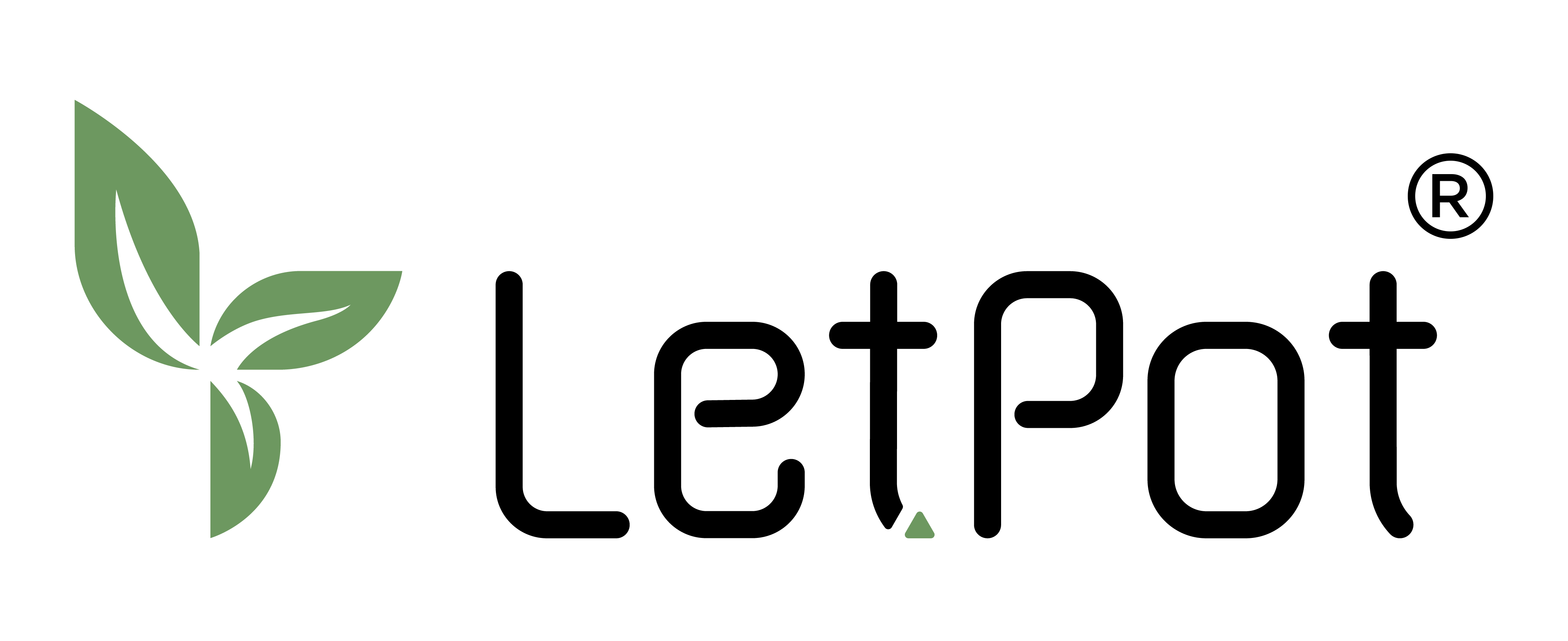
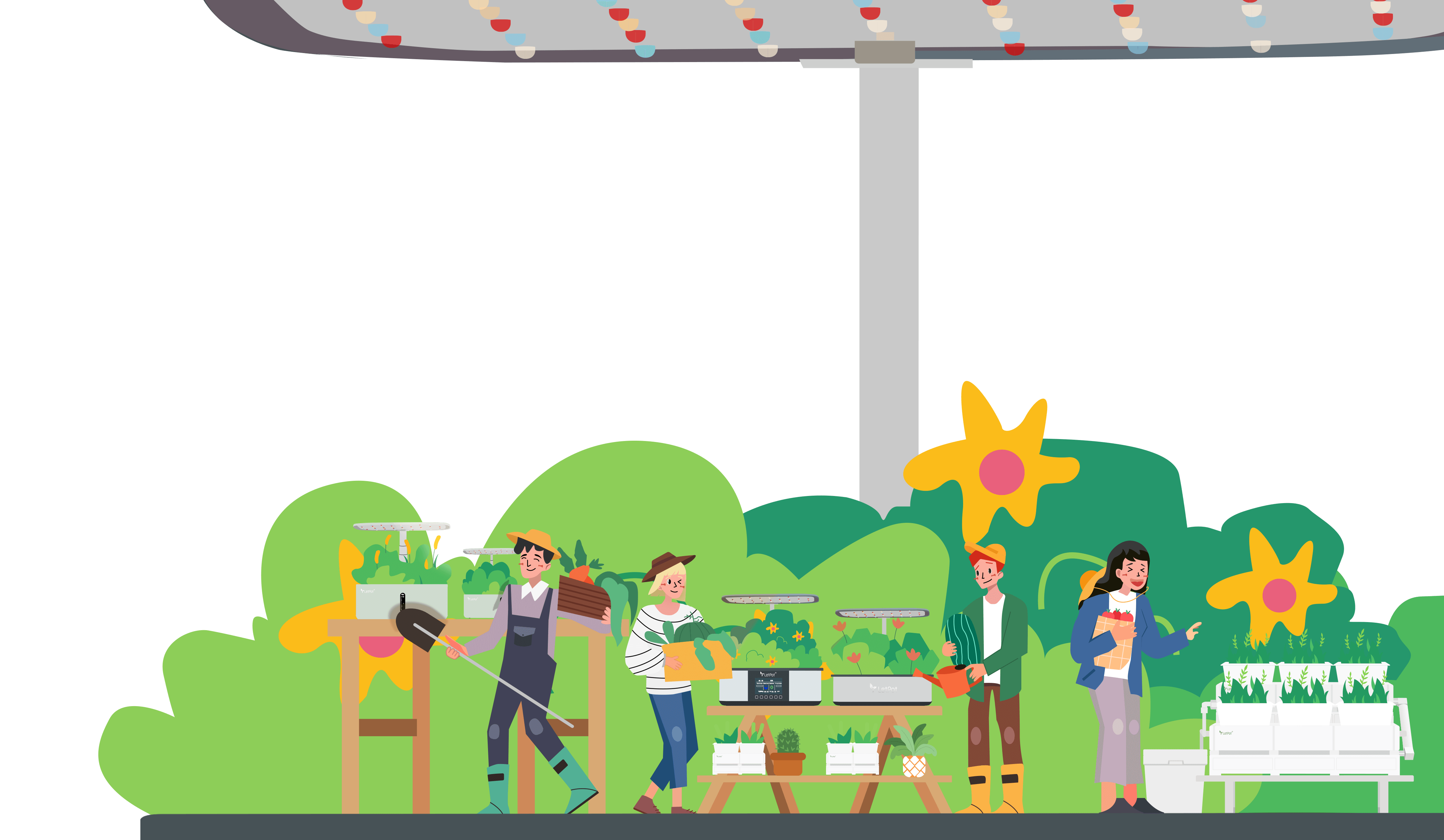
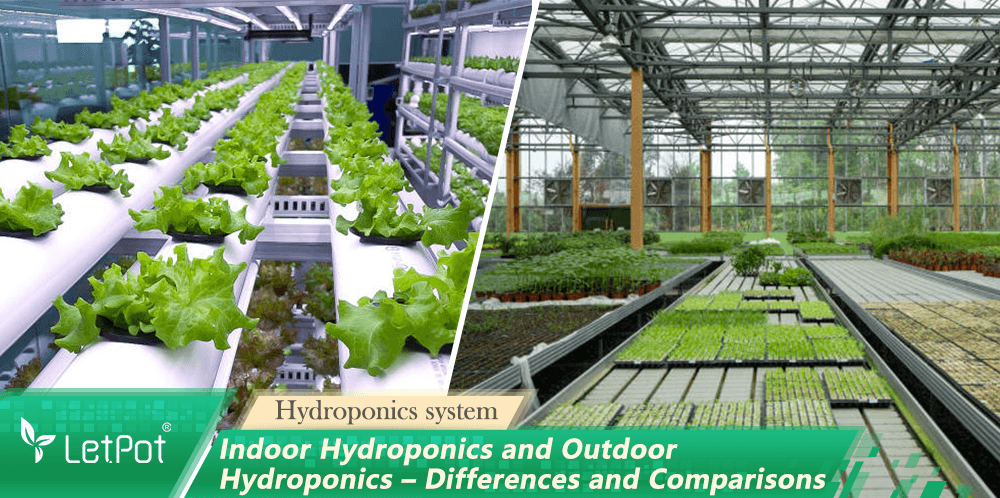
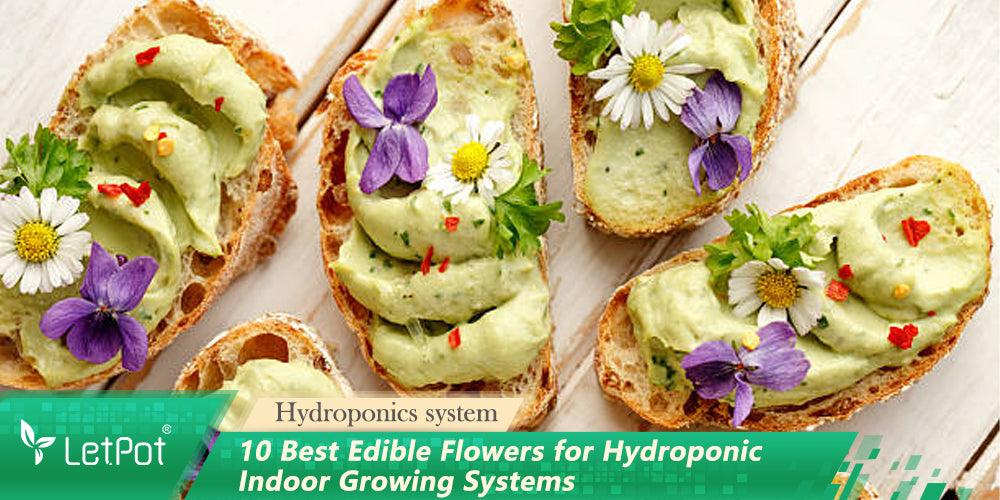
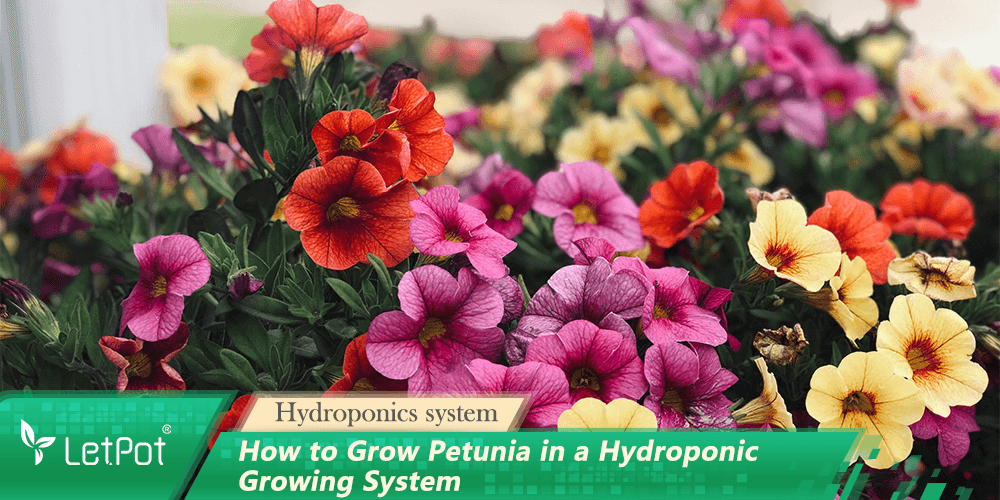

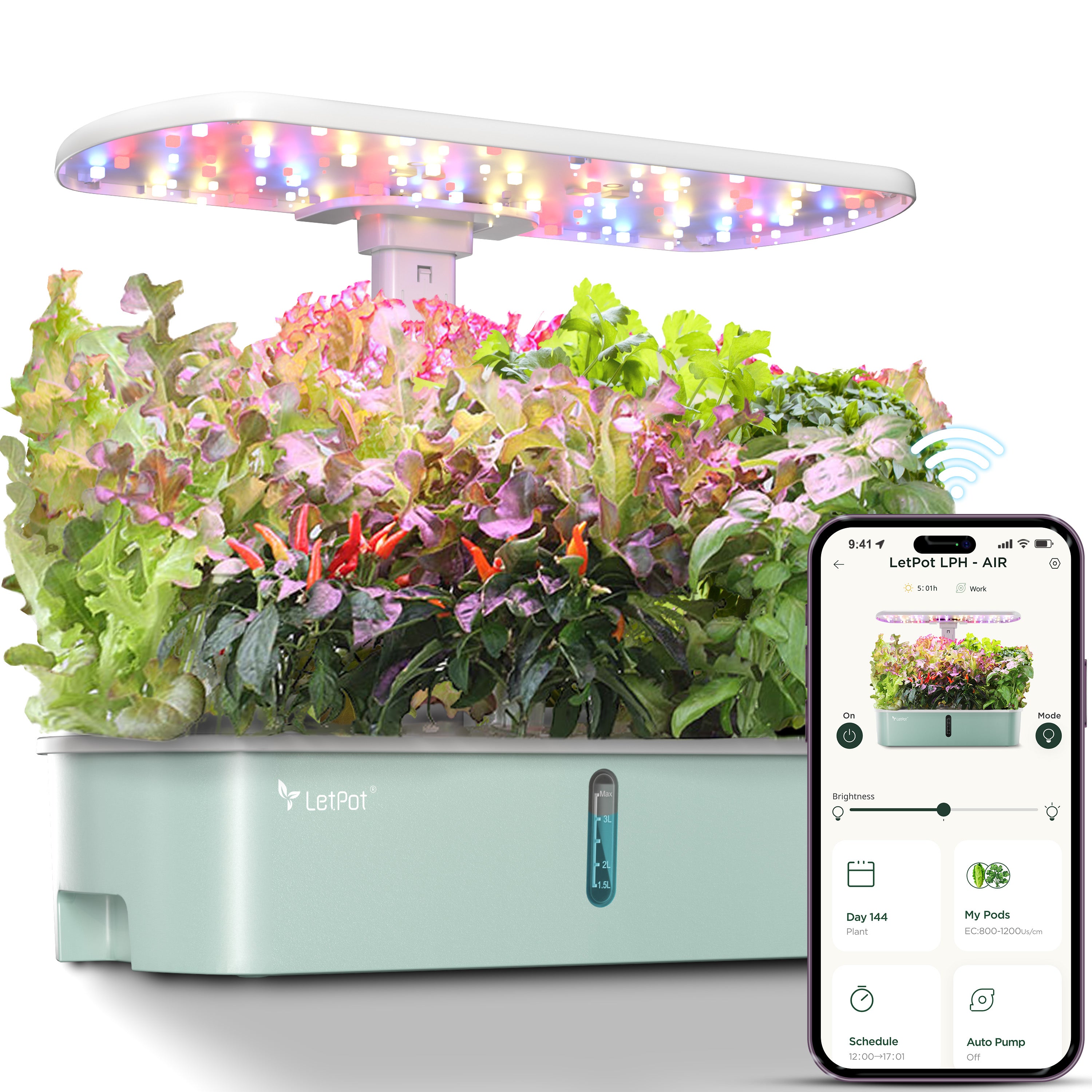
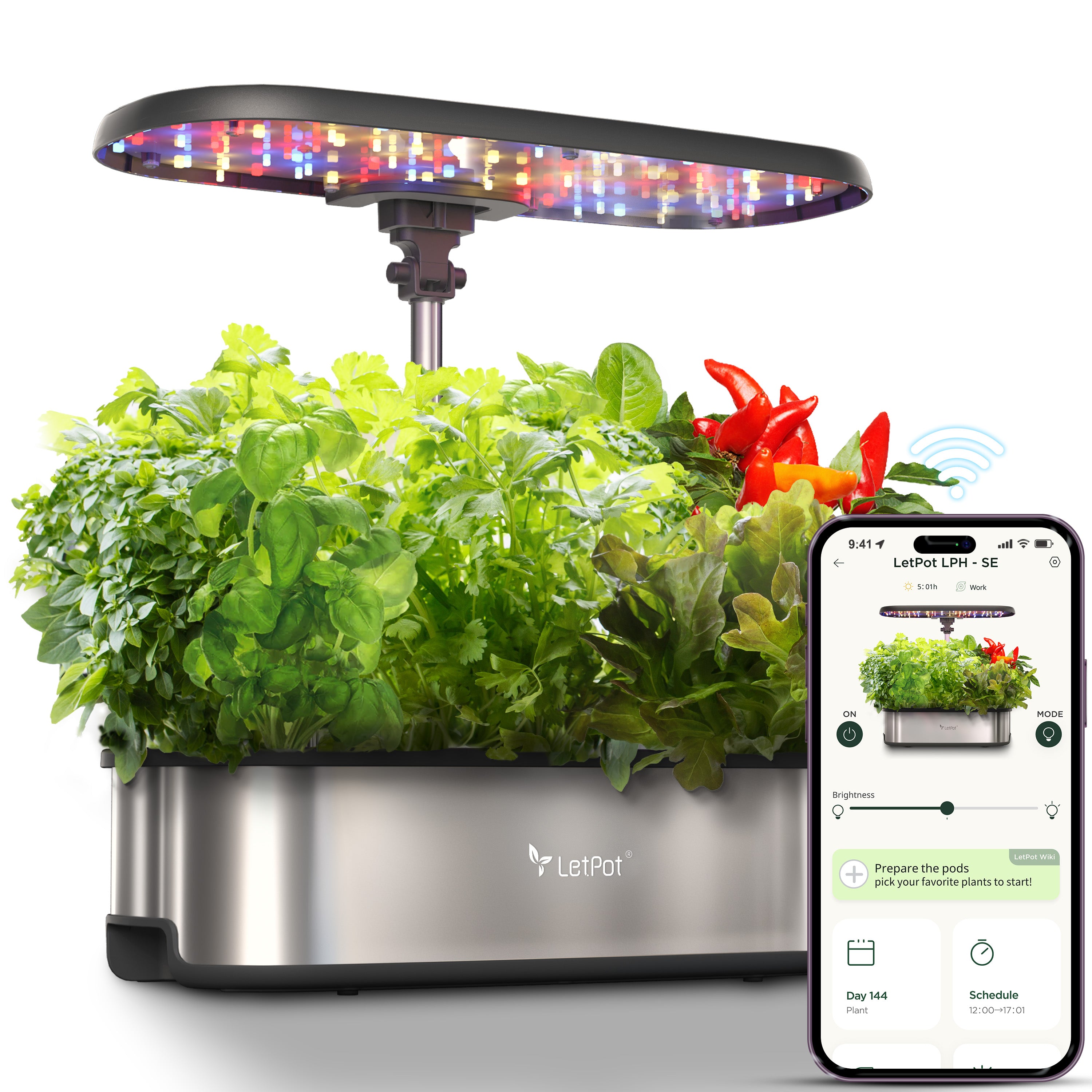
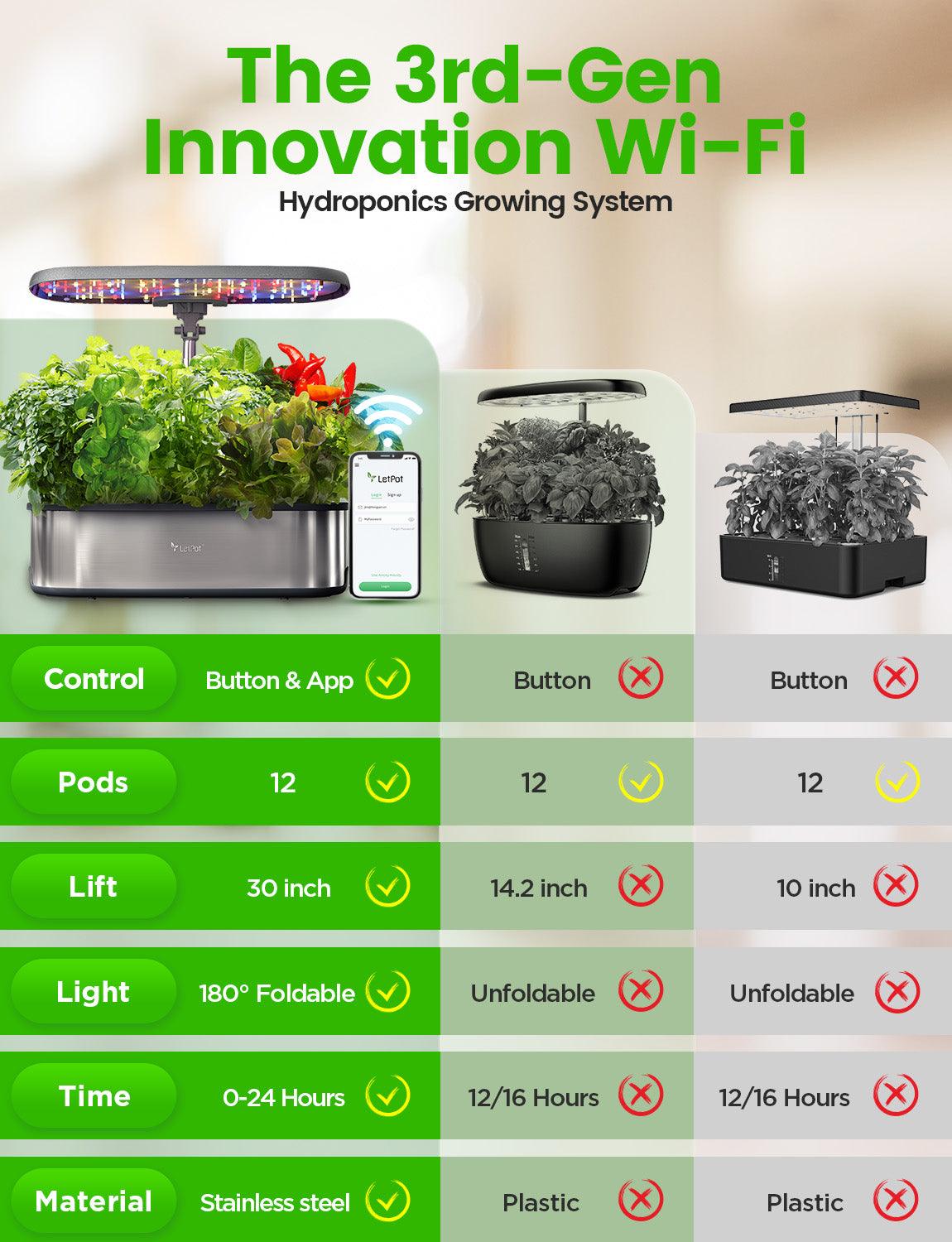
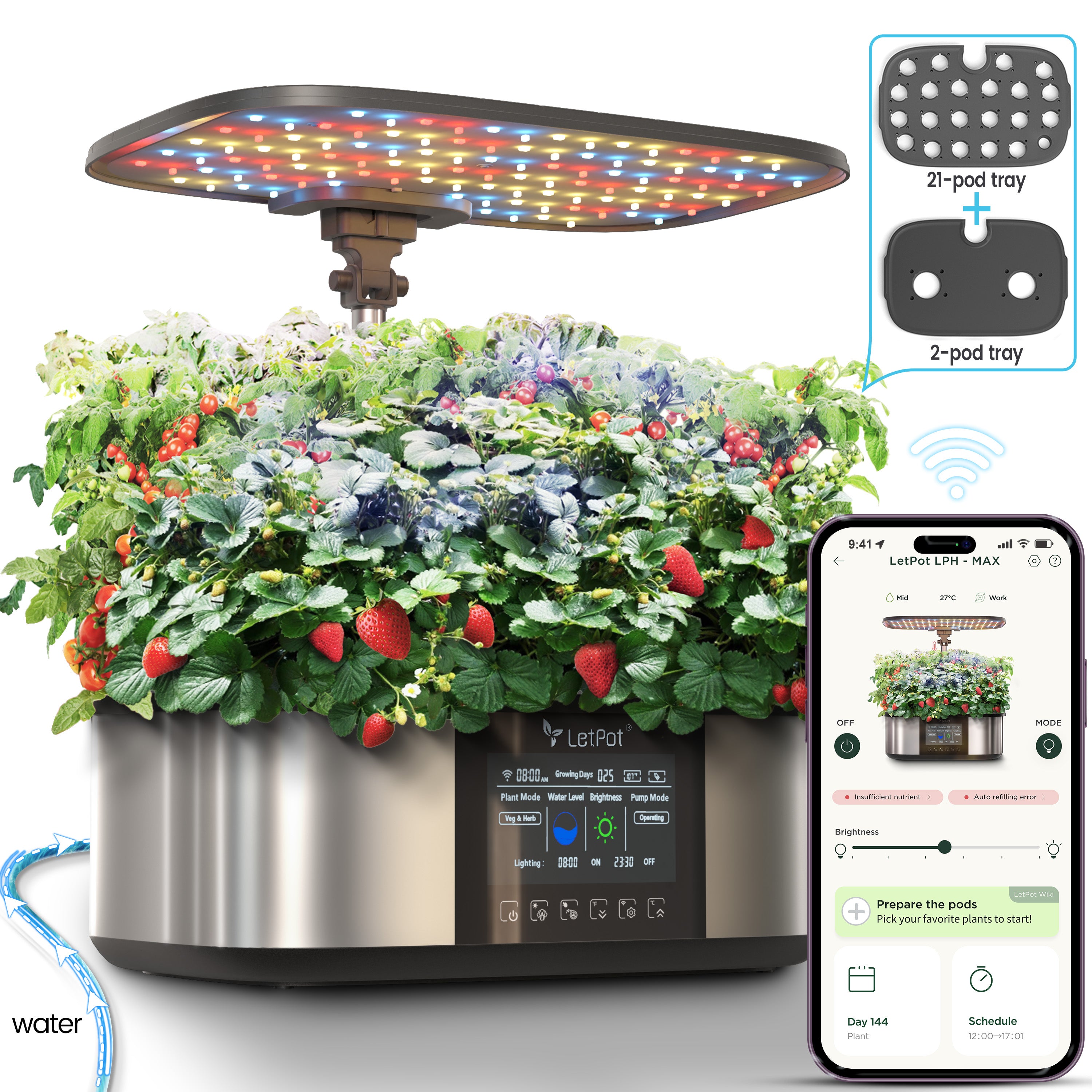
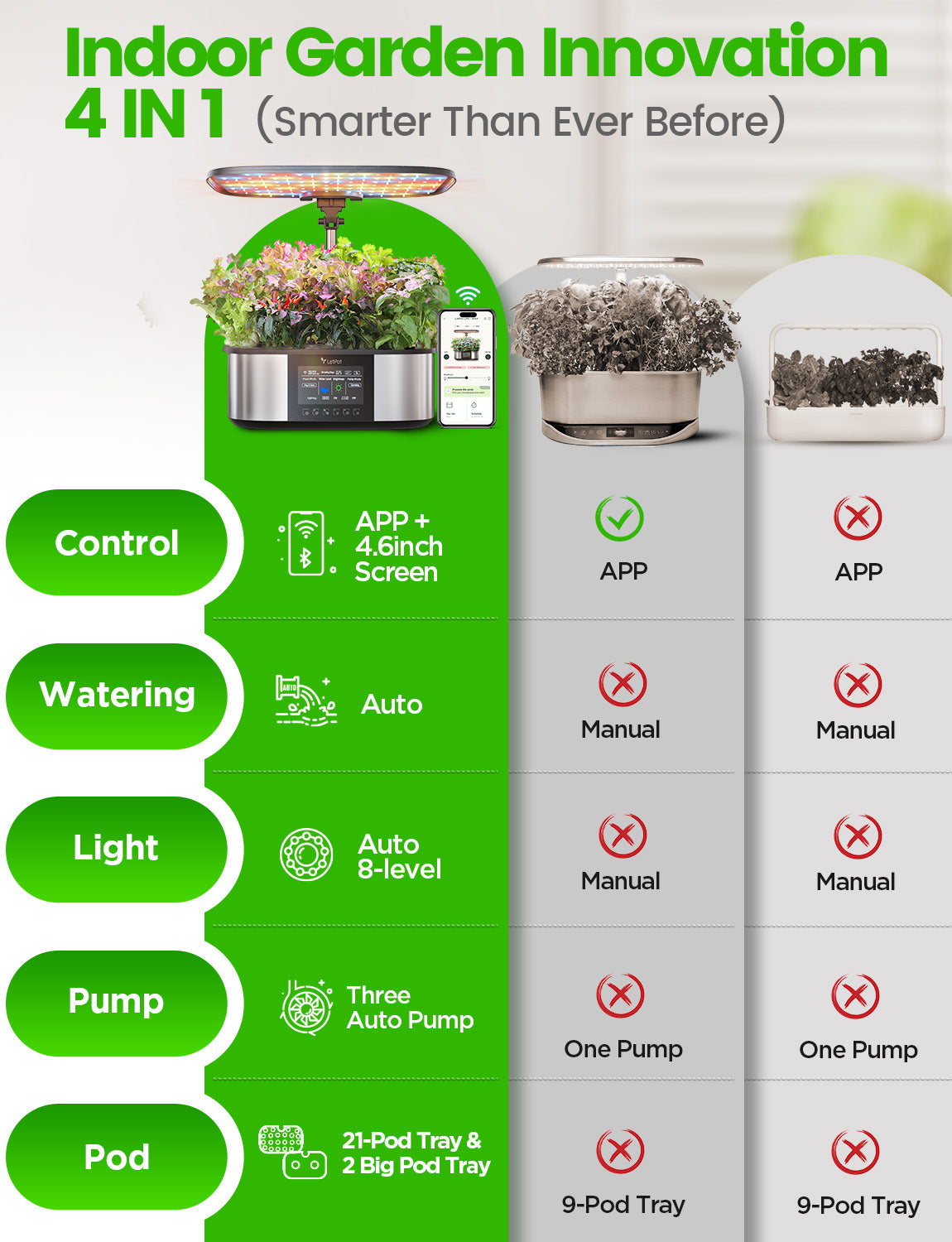
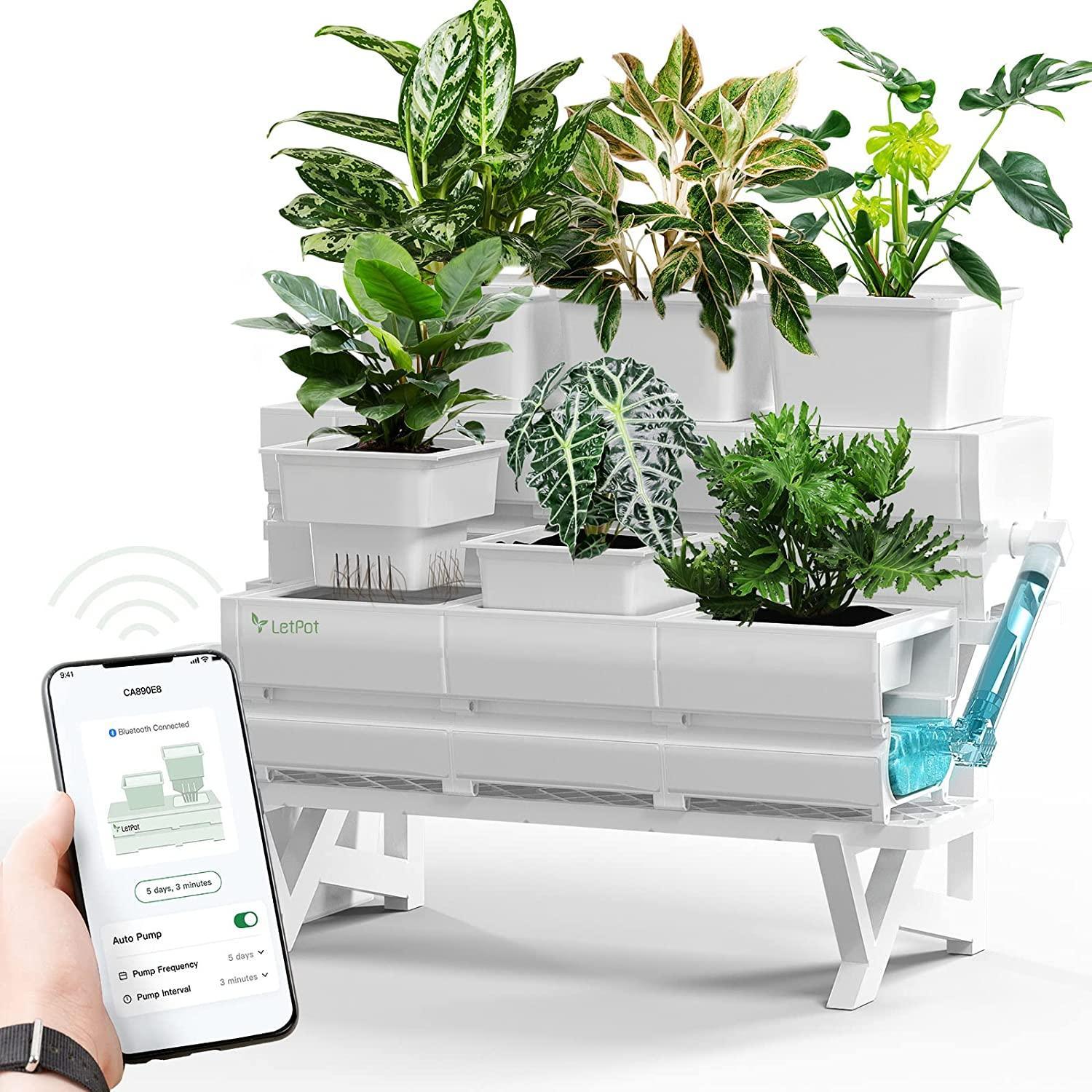
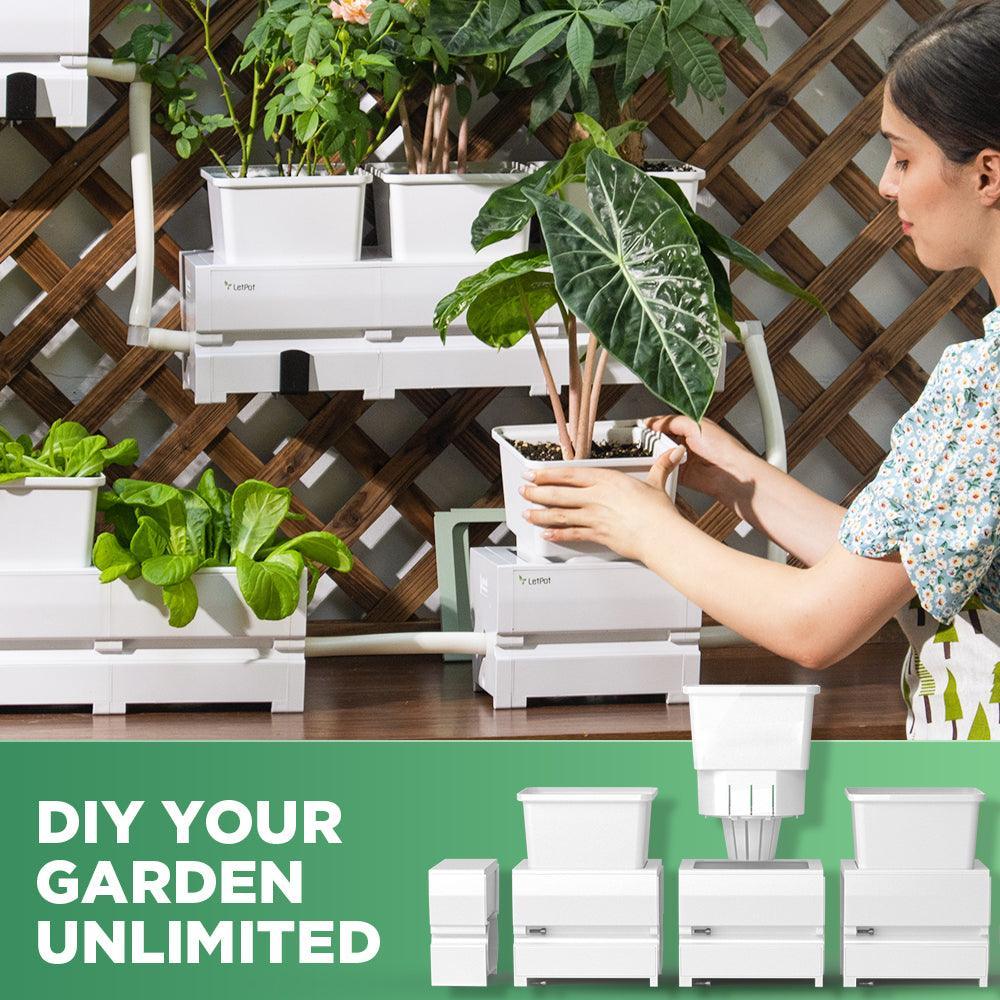
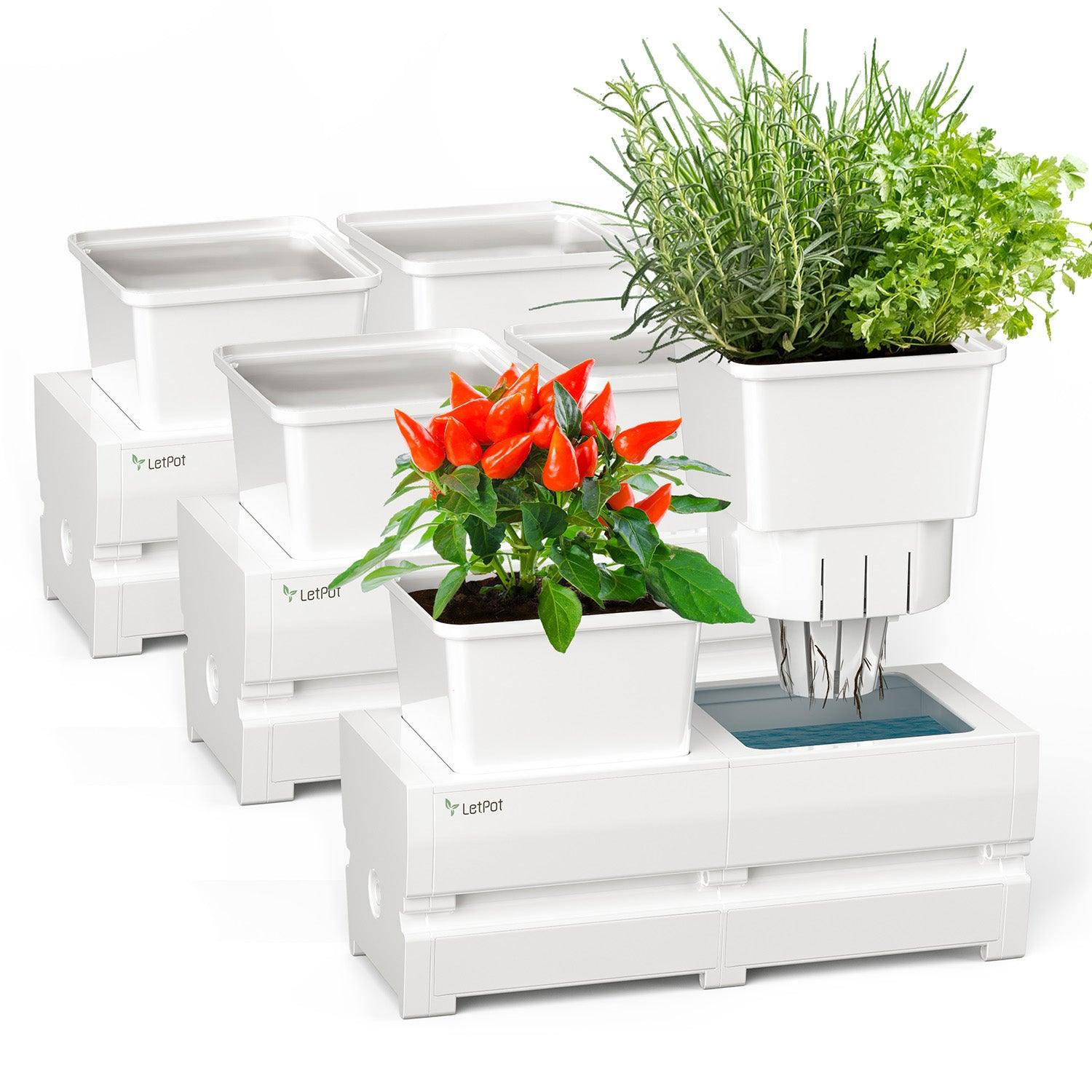
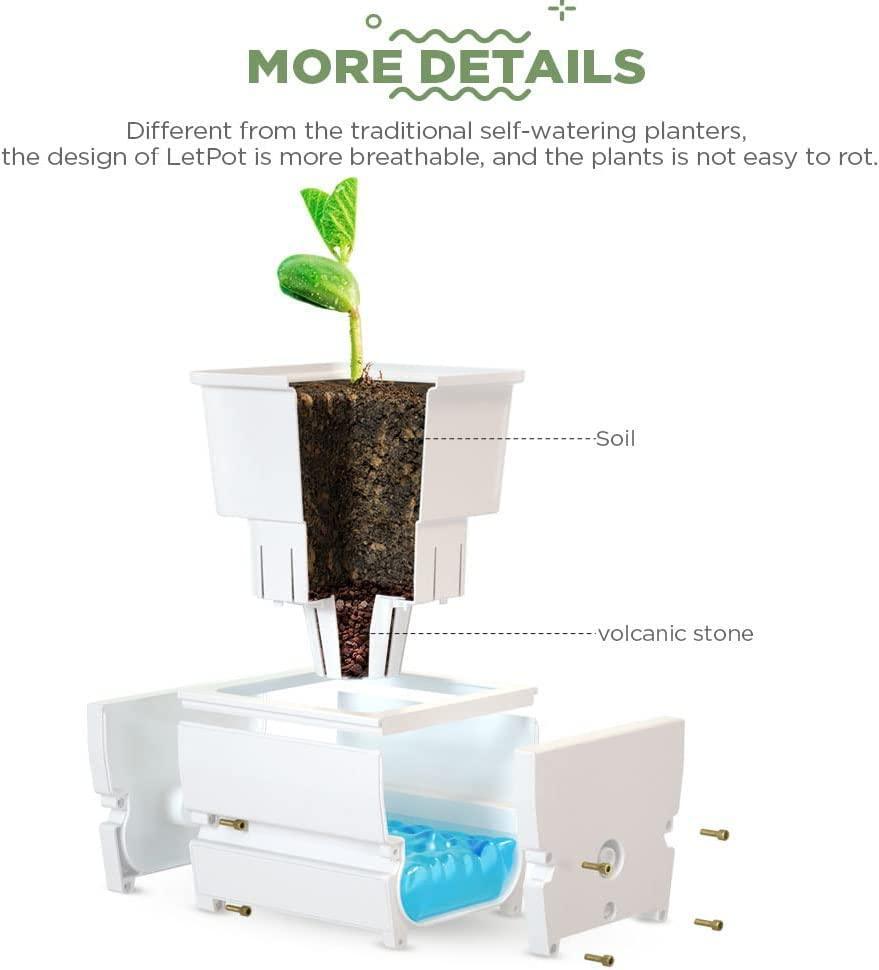
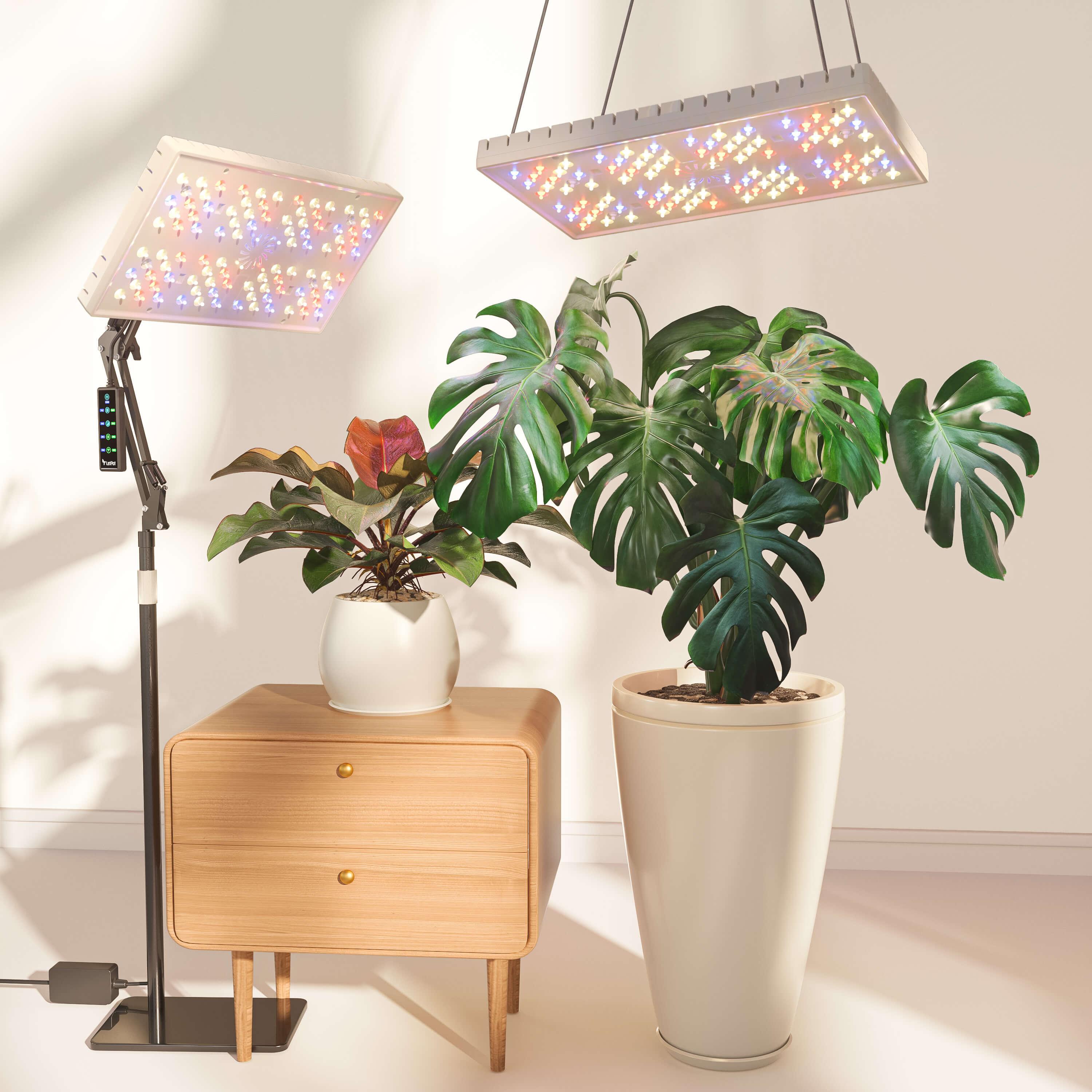


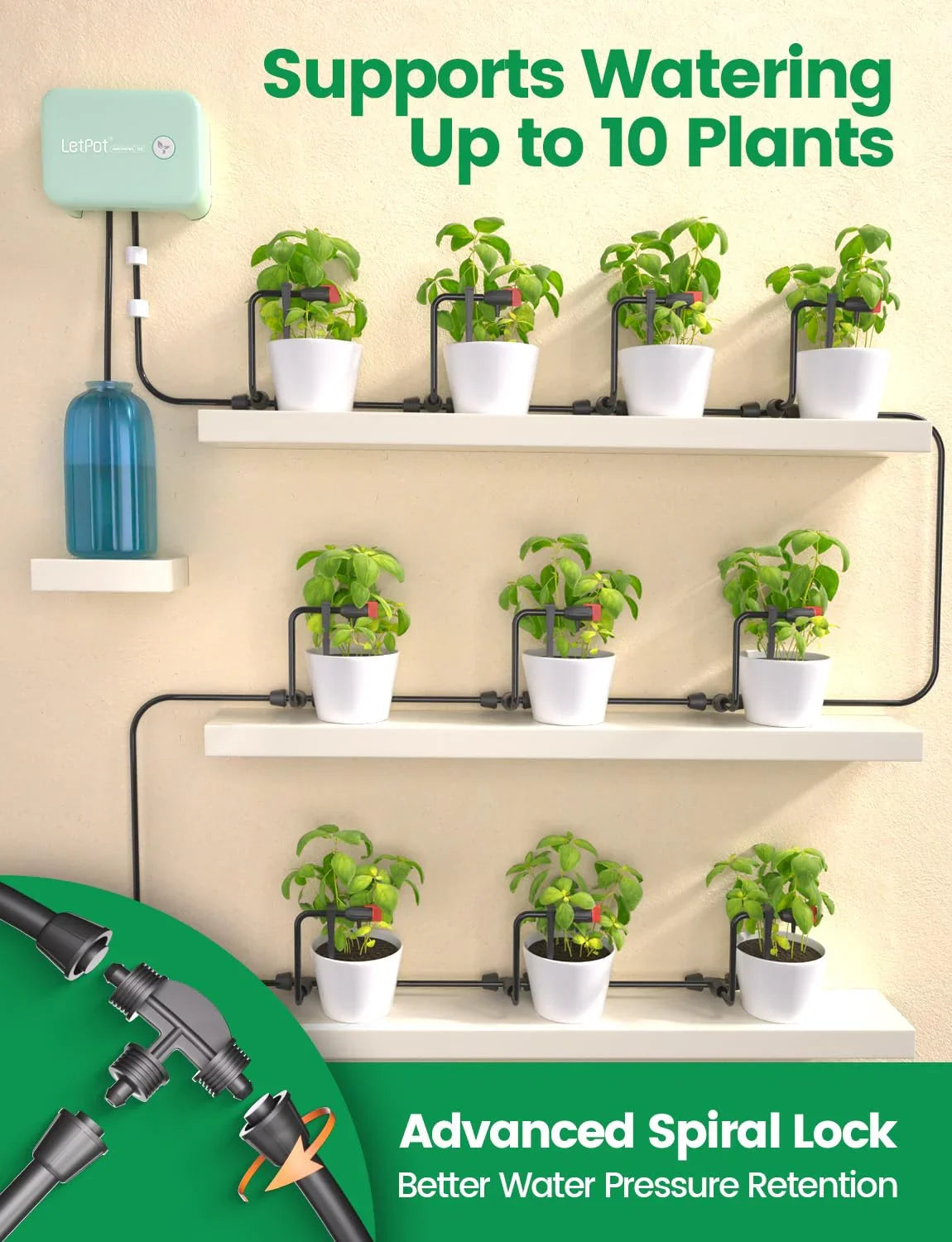
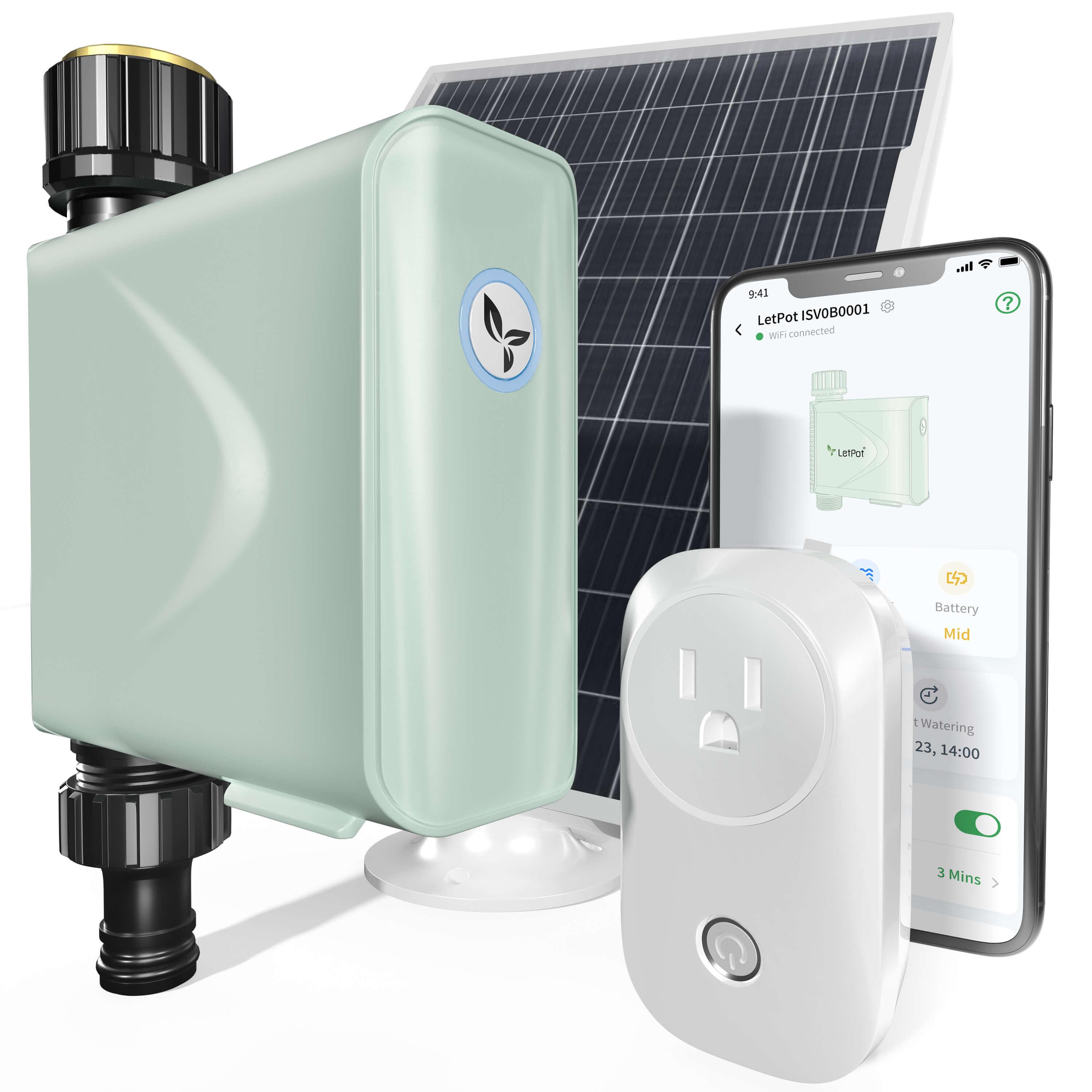


Leave a comment
All comments are moderated before being published.
This site is protected by hCaptcha and the hCaptcha Privacy Policy and Terms of Service apply.